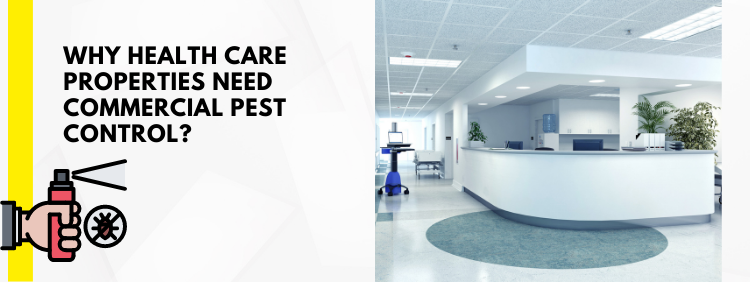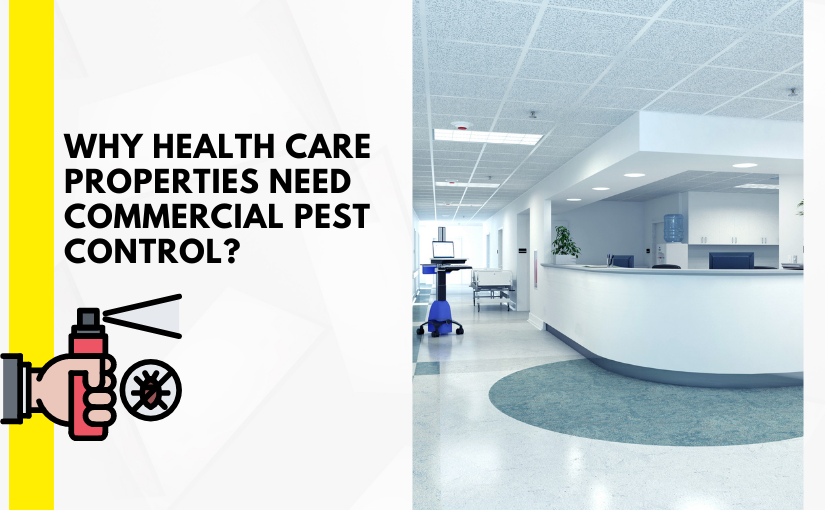
Hospitals and long-term care facilities are populated by patients with health conditions that make them vulnerable. Unfortunately, they also attract insect pests, such as flies, ants, bed bugs, and cockroaches, as well as rodents, such as rats and mice. For these types of care centers, commercial pest control in Mississauga is not only a good business practice, it could be a matter of life and death.
Why Are Pests Attracted To These Facilities?
Pests are usually motivated primarily by food. Most of these facilities have an on-site kitchen where food is prepared for patients and staff. Pests may be attracted to the kitchen itself or its waste receptacles. Either provide adequate motivation to hungry pests, signs of which warrant an immediate call for commercial kitchen pest control.
However, some pests find food in places other than the kitchen. Maggots, which are flies in their larval stage, require food to grow, especially protein. Flies typically lay their eggs on rotting meat or other decaying material but have also been known to lay eggs in wounds that are exposed to air.
How Do Pests Get Inside Health Care Facilities?
Health care facilities are busy. Patients, staff, and visitors are coming in and out all day. With the doors opening and closing frequently to allow foot traffic, there is ample opportunity for pests to get inside. If windows in patients’ rooms are opened to allow air circulation, that is another route by which pests may enter, especially if there is not a protective screen covering the window. In many cases, the doors to the facility open and close automatically or via a switch to be more accessible to people with mobility limitations. These can provide access to pests.
However, pests do not always get in on their own. Sometimes they hitch a ride with unwitting visitors. A gift of a floral bouquet or a fruit basket may have pests hidden inside that take up residence in the facility due to the food and shelter that it offers.
What Health Risks Do Pests Pose?
Pathogens are micro-organisms that cause disease. Not all pests carry the same pathogens, but all of these pests carry some pathogens. For example, mice and rats can spread hantavirus, a potentially lethal respiratory disorder, through their excrement. They also carry fleas that can spread pathogens by biting humans. Ants can spread bacterial infections, such as streptococcus and salmonella. Cockroaches can spread E. coli and carry over 30 other kinds of pathogens altogether, while flies carry over 100.
Most people are susceptible to infections such as these. However, people who are patients in a hospital or residents of a long-term care facility may be even more vulnerable because of compromised immune systems. In other words, their natural defenses against disease are lower than normal. As a result, they may become infected more easily than healthy people, and their disease may be more severe. Some of these infections may be communicable by person-to-person contact. In these cases, the close proximity of patients and staff may cause the illness to spread more quickly within these facilities.
What Are Other Risks of Infestation?
Pests can also cause damage to the facility itself. For example, mice and rats can harm medical equipment and create a fire hazard by chewing on wires. Carpenter ants do not carry diseases, but they can damage the structural integrity of a building by chewing holes in wood to build tunnels for their nests.
Choose Truly Nolen for Commercial Pest Control in Mississauga
In addition to helping with an existing infestation, we also provide prevention pest control to stop one from starting in the first place. Learn more about the commercial services we offer to health care facilities in the area.
